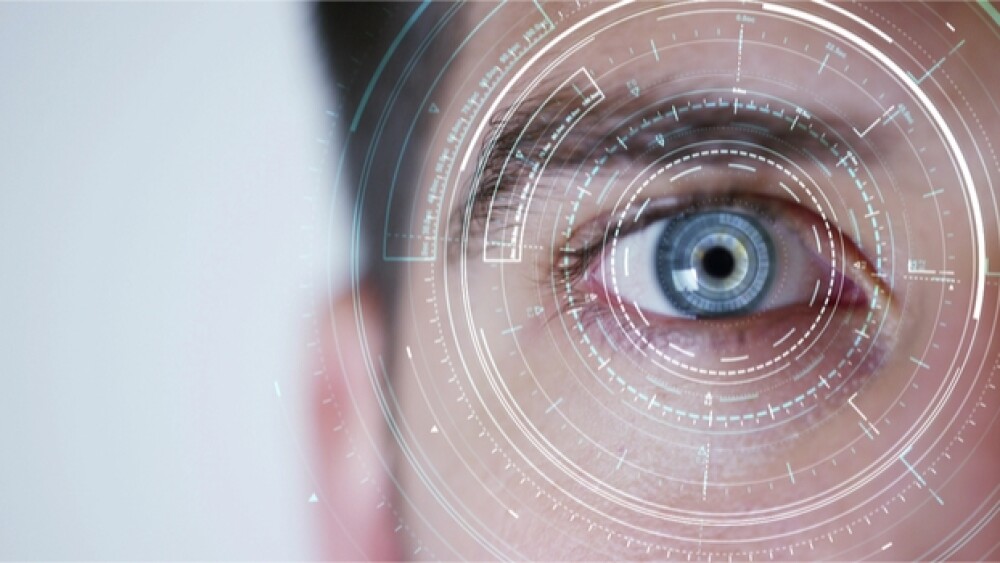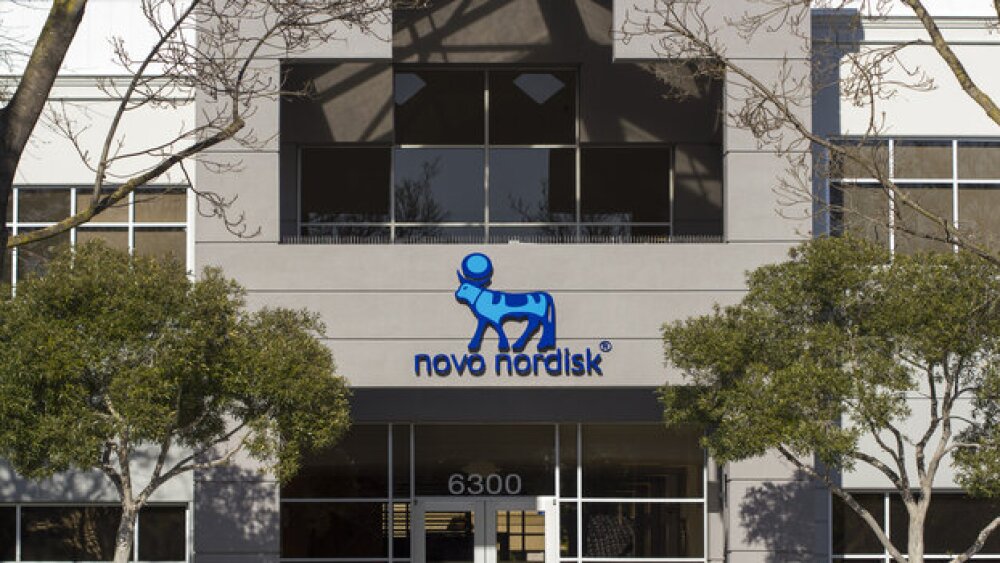The 96-Week data showed continued efficacy of GS010 two years after injection, with best-corrected visual acuity (BCVA) holding a clinically meaningful improvement over baseline.
Paris-based GenSight Biologics reported the first set of data from Week 96 of its REVERSE Phase III clinical trial in 11778-ND4 Leber Hereditary Optic Neuropathy (LHON).
The trial evaluated the safety and efficacy of the company’s single intravitreal injection of GS010, a gene therapy, in 37 patients with LHON. The patients all had reported vision loss due to the disease between 6 and 12 months prior to treatment. Week 96 is the last scheduled readout for the study. It is also the time when the data was unmasked, providing the researchers with access to individual patient profiles.
LHON is a rare maternally inherited mitochondrial genetic disease. It is marked by the degeneration of retinal ganglion cells. This results in irreversible vision loss that can lead to legal blindness. It primarily affects adolescents and young adults. It is associated with sudden loss of central vision in the first eye, with the other eye becoming sequentially impaired. About 97% of patients have bilateral involvement in less than a year after initial vision loss, and in 25%, vision loss in both eyes happens at the same time. In the U.S. and Europe, it is estimated that LHON affects 1,400 to 1,500 new patients every year.
GS010 leverages a mitochondrial targeting sequence (MTS) technology platform that came out of research conducted at the Institut de la Vision in Paris. When associated with the gene of interest, the tech platform can specifically address defects inside the mitochondria using an adeno-associated virus (AAV) vector. The gene of interest is inserted into the cell to be expressed and produce the functional protein. That protein is then transported to the mitochondria via specific nucleotide sequences to restore the missing or deficient mitochondrial function.
The 96-Week data showed continued efficacy of GS010 two years after injection, with best-corrected visual acuity (BCVA) holding a clinically meaningful improvement over baseline.
“The data show that both the treated and the sham eye improved in both high and low contrast, defying the accepted natural history of this disease and improving upon it, based upon the clinical experiences of generations of neuro-ophthalmologists,” stated Robert C. Sergott, director, Wills Eye Hospital, Neuro-Ophthalmology and director, William H. Annesley, Jr. EyeBrain Center, Thomas Jefferson University, Philadelphia, Penn. “The behavior of the untreated eye must also make us re-examine what we thought we knew as possibly dogma and be open to the idea that gene therapy delivered into one eye may be able to access the contralateral eye.”
This improvement in the sham eye was also observed at Week 48 and Week 72, evolving in what the company describes as “a relatively parallel trajectory, achieving a mean improvement of -0.259 LogMAR over baseline, or a gain of +12.9 ETDRS letters equivalent, at Week 96. Although lower in magnitude, the mean BCVA improvement of sham-treated eyes was not statistically significant from that of GS010-treated eyes.”
Patrick Yu-Wai Man, Senior Lecturer and Honorary Consultant Ophthalmologist at the University of Cambridge, Moorfields Eye Hospital and the UCL Institute of Ophthalmology in London, UK, stated, “It is encouraging that GS010-treated eyes were nearly four times more likely to achieve vision better than 20/200 compared with sham eyes. The next step, which is to analyze individual longitudinal data on the visual parameters for each subject recruited into REVERSE, should further clarify the therapeutic benefit of GS010 in 11778-ND4 LHON.”





